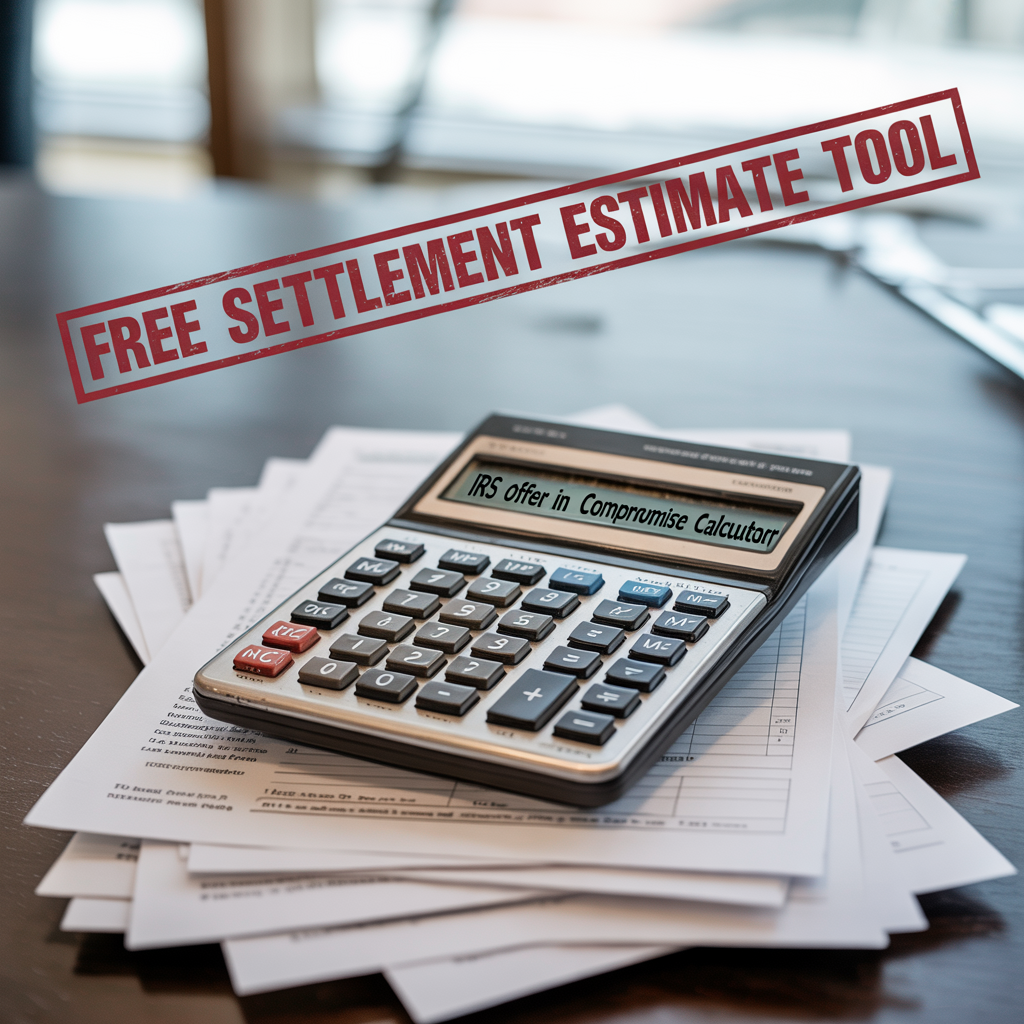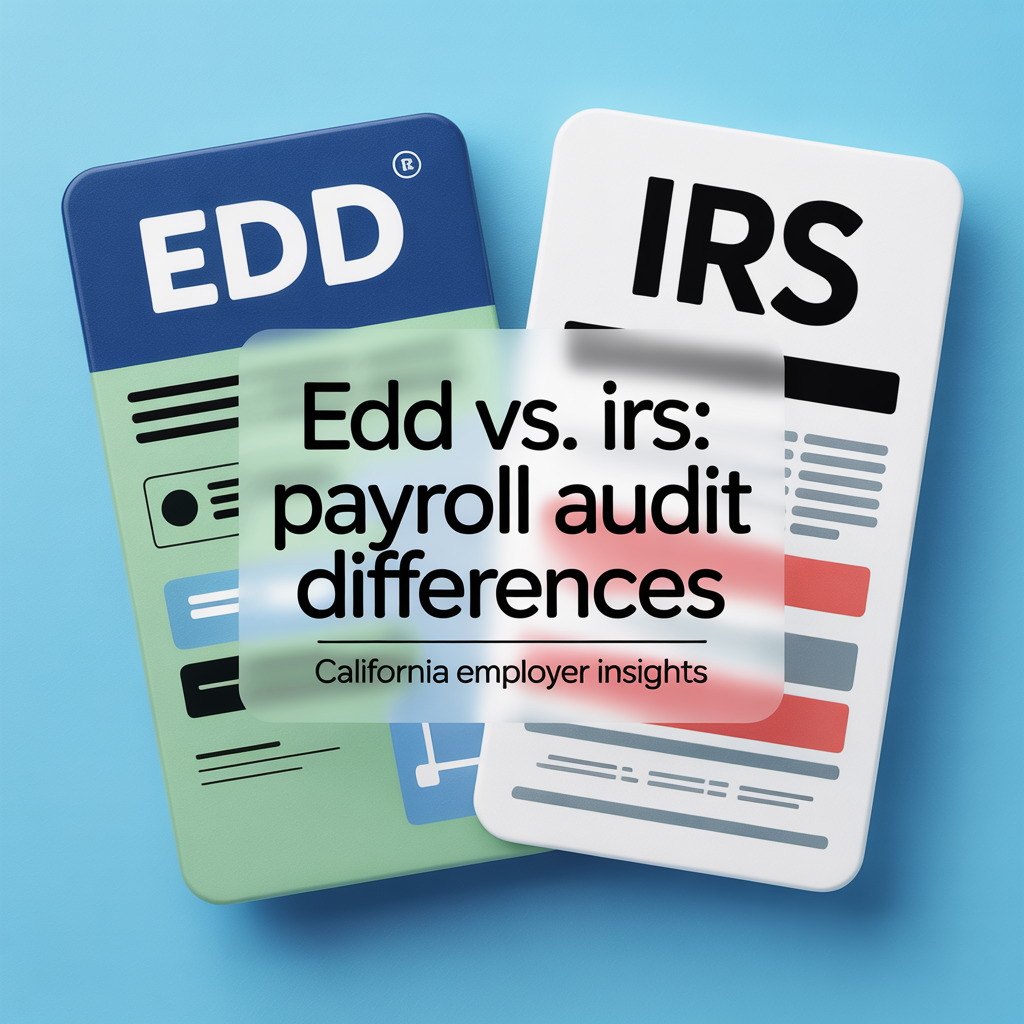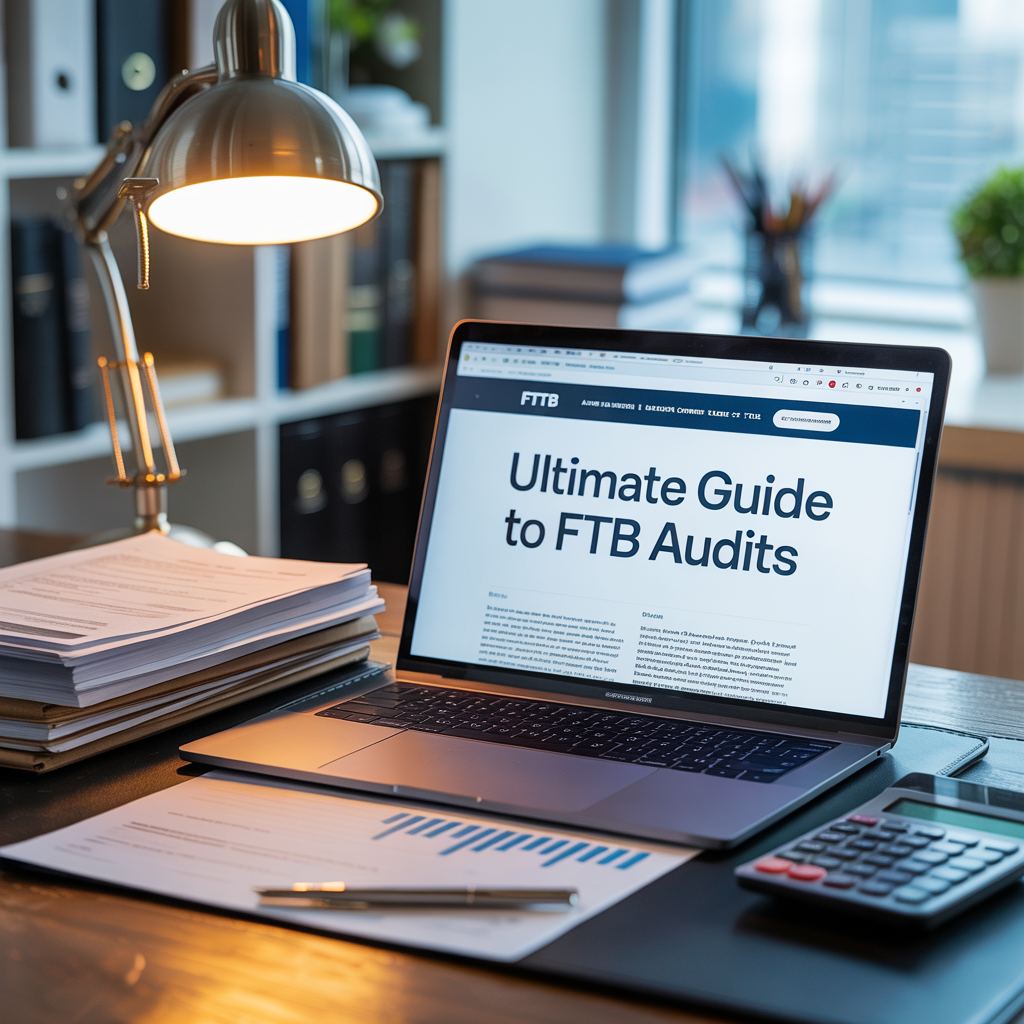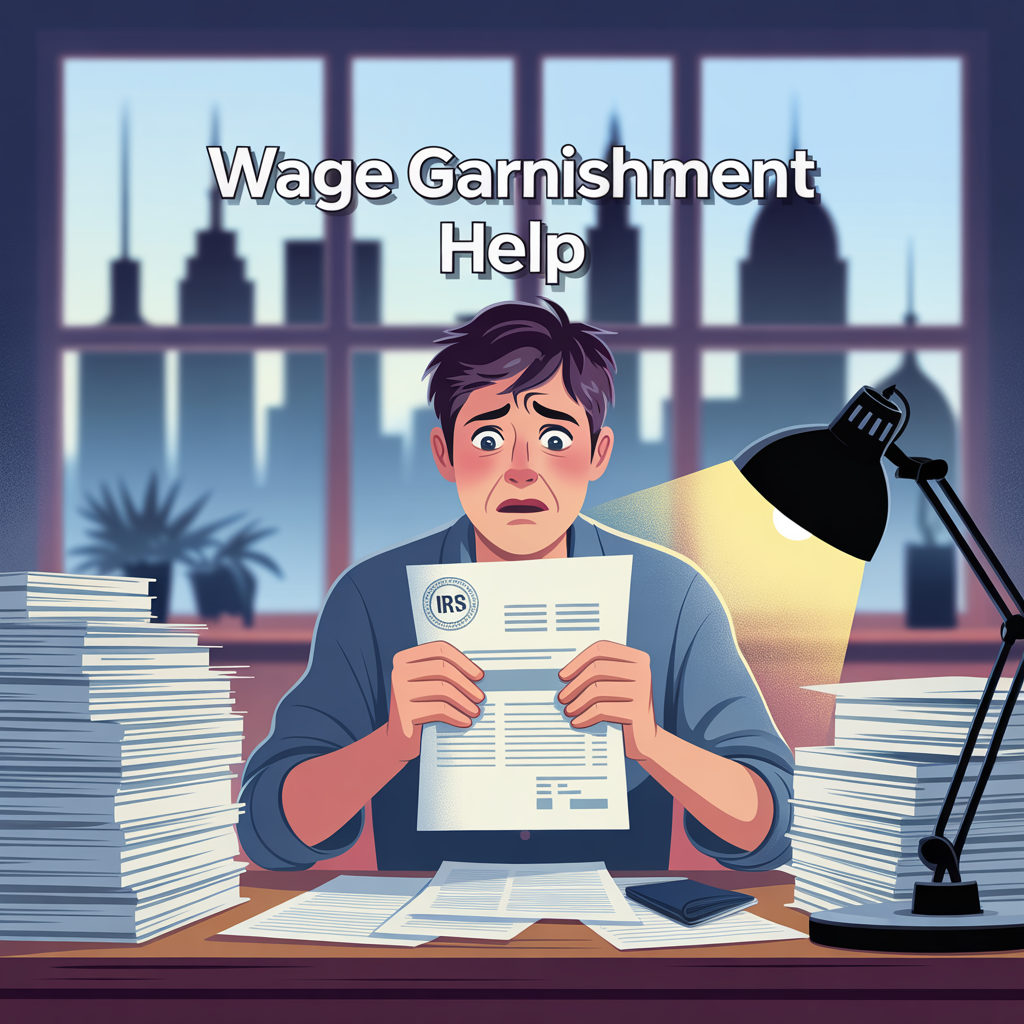How to Qualify for a California FTB Hardship Deferral

What If You Can’t Pay Your California Taxes Right Now?
If you're behind on your California taxes and the Franchise Tax Board (FTB) is coming after you with wage garnishments, bank levies, or liens, you may feel completely overwhelmed.
But if paying your tax bill would cause serious financial hardship, there’s hope.
California offers a Hardship Deferral program that can temporarily stop collections pause FTB collections with a hardship deferral in Orange County if you meet the criteria. While this program doesn’t erase your debt, it can buy you time, stop aggressive actions, and protect your income and assets until your financial situation improves.
In this guide, we’ll walk you through:
- What a hardship deferral is
- Who qualifies for one
- How to apply
- What to expect if you’re approved
- How to use the deferral period wisely
What Is a Hardship Deferral from the California FTB?
A hardship deferral (sometimes called “financial hardship status”) is a temporary suspension of enforced collections like:
- Wage garnishments
- Bank levies
- Property liens
- Third-party collections
This relief is available to taxpayers who show that paying their balance would cause severe financial strain—such as missing rent, losing housing, or falling behind on essential bills. In some cases, you may even be able to protect your bank account with a hardship request before funds are seized.
Important: This status is temporary. It doesn’t forgive your tax debt, but it pauses collection actions while your situation stabilizes.
Who Qualifies for a Hardship Deferral in California?
The FTB doesn’t publish a formal list of qualifications—but generally, you may qualify if:
- You are unemployed or underemployed
- You’re on Social Security, disability, or public assistance
- You’ve had a recent medical emergency
- You’re dealing with natural disaster recovery
- You can’t afford both tax payments and basic living expenses
- Your only income is from protected sources, like VA or SSI
You must provide proof of hardship, such as:
- Pay stubs or lack of income
- Rent/mortgage statements
- Utility bills
- Medical records
- Bank statements
How to Apply for a Hardship Deferral
Here’s how the process typically works:
1. Contact the FTB
Call the FTB at 800-689-4776 and explain that you’re seeking hardship status. You may also write to the Collections Division.
2. Complete the Financial Disclosure
You’ll need to complete a Collection Information Statement detailing:
- Income and expenses
- Employment status
- Bank account balances
- Asset values (car, home, retirement accounts)
- Monthly bills
The FTB uses this to evaluate whether enforced collection would cause undue hardship.
3. Submit Supporting Documents
These may include:
- Lease/mortgage agreements
- Utility bills
- Medical or unemployment records
- Copies of recent pay stubs or unemployment notices
Incomplete applications are automatically denied, so accuracy matters.
What Happens If You’re Approved?
If you qualify, the FTB will:
- Pause collections (garnishments, levies, etc.)
- Place you in non-collectible status
- Review your financial condition periodically (every 6–12 months)
If your hardship persists, you may also
pause IRS collections through financial hardship status, giving you relief on both federal and state levels.
What If You're Denied?
If your hardship deferral request is denied, the FTB may resume or escalate collection efforts. Your options at that point may include:
- Requesting reconsideration with updated documents
- Filing for an installment agreement
- Submitting an Offer in Compromise
- Appealing to the FTB’s Taxpayer Rights Advocate
- Working with a CPA to negotiate directly on your behalf
Sometimes a deferral isn’t enough—consider an OIC if hardship deferral isn't enough to resolve your full debt.
Can a Hardship Deferral Lead to Other Relief?
Yes. If your financial hardship was genuine, you may also be eligible to remove penalties if your hardship qualifies—especially if the penalties were incurred during your time of hardship.
Installment Agreements
Once your income improves, you may qualify for a low monthly payment plan to pay off the balance over time.
Offer in Compromise
If your hardship is long-term or permanent, you may qualify to settle the debt for less than the full amount owed.
Penalty Abatement
You can request removal of penalties that were incurred during the time you were in hardship, especially if you were truly unable to pay.
Case Study: Real-Life FTB Hardship Relief
Ana, a single mom in Orange County, lost her job during a medical leave and owed $12,500 to the FTB. The state issued a wage garnishment, making it impossible for her to pay rent.
She reached out to Boulanger CPA:
- We helped her submit a hardship deferral request with medical records and a detailed financial statement
- The garnishment was lifted within two weeks
- She was placed in non-collectible status for 12 months
- Later, we negotiated a $1,200 Offer in Compromise to settle her balance permanently
Why Work With a CPA for Hardship Relief?
Getting hardship status isn’t always straightforward. Many taxpayers are denied simply because:
- Their paperwork was incomplete
- Their income was misrepresented
- They failed to follow up properly
At Boulanger CPA and Consulting PC, we can:
- Evaluate whether you qualify
- Help you complete the right documents
- Submit your case to the FTB
- Communicate directly with agents to ensure fast resolution
- Help you transition from hardship to a long-term tax solution
Don’t Let the FTB Take What You Need to Survive
FTB collection actions can be devastating if you’re already in financial distress. A hardship deferral gives you breathing room and the chance to fix your tax situation without losing your paycheck, bank account, or peace of mind.
Let’s Get You Protected — Contact Us Today
Boulanger CPA and Consulting PC helps California taxpayers navigate hardship relief, settlement offers, and IRS/FTB negotiations.
Virtual meetings available. In-person by appointment at our Orange County office.
Contact Us
Website:
www.orangecounty.cpa
Phone:
657-218-5700
Email:
marc@boulangercpa.com
What is a hardship deferral from the FTB?
A hardship deferral is a request to the Franchise Tax Board to temporarily pause collection actions due to financial hardship or inability to pay.
What situations qualify as hardship?
Severe illness, job loss, disability, eviction, and income below basic living standards may qualify. Documentation is required.
Does a hardship deferral stop wage garnishments or levies?
Yes. If approved, the FTB will stop enforcement actions, including wage garnishments and bank levies, for the duration of the deferral period.
How do I apply for a hardship deferral?
You must submit financial documents, proof of hardship, and a hardship deferral request form. A CPA can assist with preparing a compliant package.
How long does the hardship deferral last?
Each case is reviewed individually. The deferral may last for months or longer depending on your circumstances and periodic review.
Should I work with a CPA in Orange County for this?
Yes. A local CPA can help you complete the request accurately, provide backup documentation, and work with FTB agents to pause enforcement quickly.
📣 About the Author
Marc Boulanger, CPA is the founder of Boulanger CPA and Consulting PC, a boutique tax resolution firm based in Orange County, California and trusted by high-income individuals and business owners across Southern California.
He is the author of Defend What’s Yours: A California Taxpayer’s Guide to Beating the IRS and FTB at Their Own Game, available now on Amazon. The book offers a step-by-step plan for resolving IRS and FTB tax debt without losing your business, your home, or your peace of mind.
With over a decade of experience resolving high-stakes IRS and State tax matters, Marc brings strategic insight to complex cases involving wage garnishments, bank levies, unfiled returns, and six-figure tax debts. He is known for helping clients reduce or eliminate tax liabilities through expertly negotiated settlements and compliance plans.
Marc is a Certified Public Accountant licensed in California and Oklahoma and holds the designation of Certified Tax Representation Consultant. He is a member of the American Society of Tax Problem Solvers (ASTPS) — the national organization founded by the educators and practitioners who have trained thousands of CPAs, EAs, and tax attorneys in IRS representation strategy.
Every case is handled with discretion, proven methodology, and direct CPA-led representation — not call center scripts.
📍 Learn more at www.orangecounty.cpa or call (657) 218-5700.










